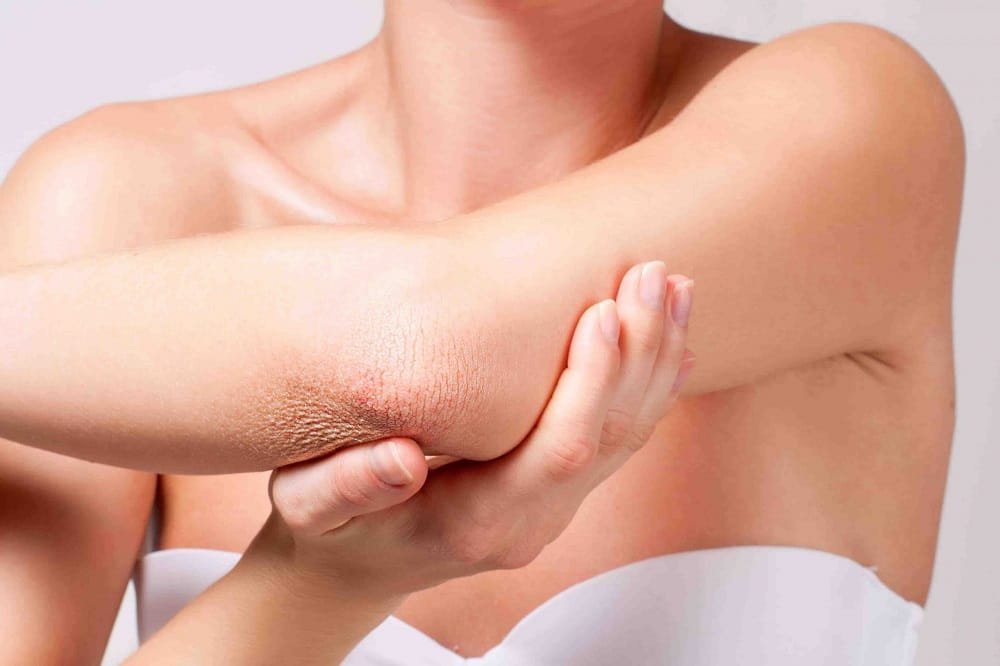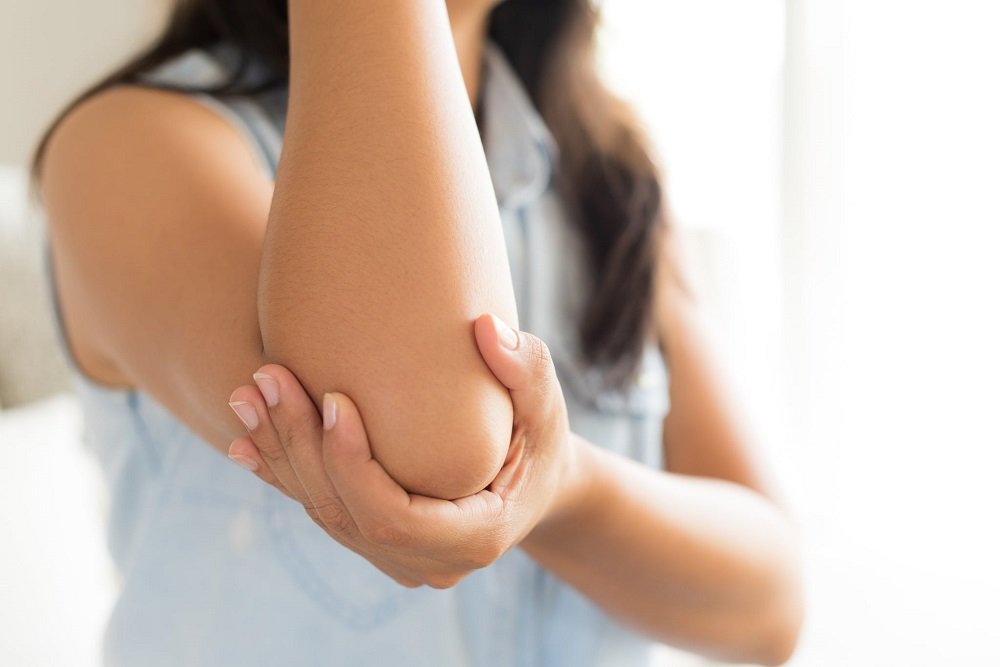Before answering the question: What is the skin on your elbow called?, you have to learn a few facts about the elbow. The elbow is an important part of your body because it plays a crucial role in the mobility of your arm.
It’s the elbow that allows you to eat, to wipe your face, to lift up things, to reach out for something and to flex your arm to various positions. Often, it’s also used when people are in a “thinking mode” (the palms supporting the chin, with the elbow bent).
Here Are the Major Functions of the Elbows

- The elbows are responsible in shortening and lengthening the upper limb and appropriately positioning the hand or forearm where it wants to go.
- The elbow joint is used to reach or grasp objects through its extension.
This is the reason why the skin protecting the elbow is extremely important; it protects the elbow and acts as its cushion because of its consistency and thickness. The elbow allows the forearm to turn at a 160-degree angle and at the area where the ulna and the radius meet.
Together with the elbow are ligaments that hold the elbow joint and cartilages and bones together. These are the annular ligament, ulnar collateral ligament and the radial collateral ligament.
Major Muscles that Meet at the Elbow
There are tendons-fibrous bands and major muscles that meet at the elbow, such as the extensor carpi radialis longus tendons, biceps, brachioradialis and triceps. When you walk, the carrying angle or resting angle of your elbow will prevent your arm from aimlessly wandering around and hitting your hips.
Anatomy of the Elbow
What is the Skin on Your Elbow Called?
Since the elbow acts as the fulcrum for various activities involving the hands, and some of these are those that you do when you’re seated, such as typing, writing and any task involving a keyboard, such as playing the piano, and using a computer, the skin is often exposed to rough surfaces.
This is the reason why the skin at the cap end or olecranon is rubbery and thick. There are no nerve endings on the skin at the olecranon, because if there were, you would feel pain every time you performed these seated activities.
There are various slang terms for this skin on the tip of your elbow. These are “weenis” – “weenus”, or “wenis” – “weinus”. The medical term is the “olecranon skin” or “olecranal skin” or the skin “posterior to the antecubital fossa”. Take your pick.
The Characteristics of the “Weenis”
- There no nerve endings
- It’s thick
- It’s rubbery
- It’s not too sensitive
- It’s rougher than ordinary skin
Ways to Take Care of the Weenis

When you’re protecting the weenis, you’re protecting the elbow too. Here are simple methods that you can utilize to protect your weenis.
Wear protective gear, such as elbow caps or elbow braces
This will protect your weenis and the elbow joint as well. The caps and braces will absorb the impact of any pressure applied to your elbows.
Don’t overextend your elbows
Overextending your elbows can cause injuries, such as dislocation and torn ligaments. When these happen, the weenis can also break and be damaged. Hence, when you reach for something, if you feel pain, stop right there, and ask for help instead.
Scrub and wash your weenis regularly
When taking a bath, don’t forget to scrub the weenis with soap and water. Being clean would prevent infection and other pathological conditions. You should clean and wash the area every day, if you’re unable to take a bath daily.
Apply skin moisturizer daily
Remember to apply skin moisturizer at least once a day, or right after you have taken a bath or washed. This will prevent the skin from drying up, which can lead to chafing or damage of the skin. Choose gentle moisturizers that are non-allergenic.
To be sure that you’re not allergic to the product, use a few on an inch of your skin first, and observe for untoward reactions within 30 minutes to 1 hour. If there are no rashes, itchiness or redness after that period of time, it means you don’t have allergies to its components. So, you can use it safely.
Conclusion
In this post, I have answered the question: What is the skin on your elbow called? Hopefully, you would apply accordingly the vital facts you have learned from this discussion. I have included some facts about the elbow, so you can learn more.
However, take note that knowledge learned that is not applied is useless. Thus, use your knowledge to help other people and to keep yourself healthy and fit.








